Fragrant Ladies’ Tresses (Spiranthes cernua), also known as Ladies’ Tresses or Nodding Ladies’ Tresses, is a perennial plant belonging to the Orchidaceae family. Native to regions stretching from Eastern Canada to Texas and Florida, this species thrives in a variety of garden settings. Its unique, spiraling blooms and delightful fragrance make it a favorite among gardening enthusiasts.
If you’re curious about what makes Spiranthes Ladies’ Tresses special or are looking for reliable information on growing and caring for Nodding Ladies’ Tresses, you’re in the right place. This guide will provide essential details to help you cultivate and enjoy this remarkable plant in your garden.
| Common name | Fragrant Ladies Tresses, Ladies Tresses, Nodding Ladies Tresses |
| Botanical name | Spiranthes cernua |
| Family | Orchidaceae |
| Species | cernua |
| Origin | Eastern Canada to Texas and Florida |
| Life cycle | Perennial |
| Plant type | Herbaceous Perennial |
| Hardiness zone | 5, 6, 7, 8, 9 |
| Sunlight | Partial Shade |
| Maintenance | Medium |
| Soil condition | Clay |
| Soil ph | Acid |
| Drainage | Poorly Drained |
| Growth rate | Slow |
| Harvest time | Winter |
| Flowering period | Fall |
| Height | 9 in. – 2 ft. |
| Flower color | White |
| Stem color | Green |
| Fruit type | Capsule |
| Flower benefit | Fragrant |
| Garden style | Native Garden |
| Uses | Meadow |
I. Appearance and Characteristics
Spiranthes cernua, commonly called nodding lady’s tresses, or nodding ladies’ tresses, is a species of orchid occurring from Maritime Canada to the eastern and southern United States. As the common name suggests cernua means “nodding”, or “bowed” in Latin.
The genus name, Spiranthes, originated from the Greek words speira (coil) and anthos (flower), describing the spiral flowers common to the orchids in this group. Cernua is from the Greek word cernuus and refers to the drooping or bowing flowers.
Spiranthes cernua plants grow to 50 centimeters (20 in) tall. They have 1 to 5 narrow, basal, upright leaves, 2.6 centimeters (1.0 in) long and 2 centimeters (0.8 in) wide. The leaves are present during flowering but wilt afterwards. The white flowers are arranged in a spiral around the stem. Each flower is 6–12 millimeters (0.2–0.5 in) long and consists of 3 sepals and 3 petals, all curved forward to give the flower a long bell shape. Flowers are slightly too strongly nodding (hence the name), with older flowers usually nodding more than new ones. The dorsal sepal (the one at the top) is convex and recurved upwards towards the tip. The lip (bottom petal) curves strongly downwards towards its tip.
The orchid blooms in autumn, from August to November. Native bees, including bumblebees, feed on the nectar and pollinate the plant.
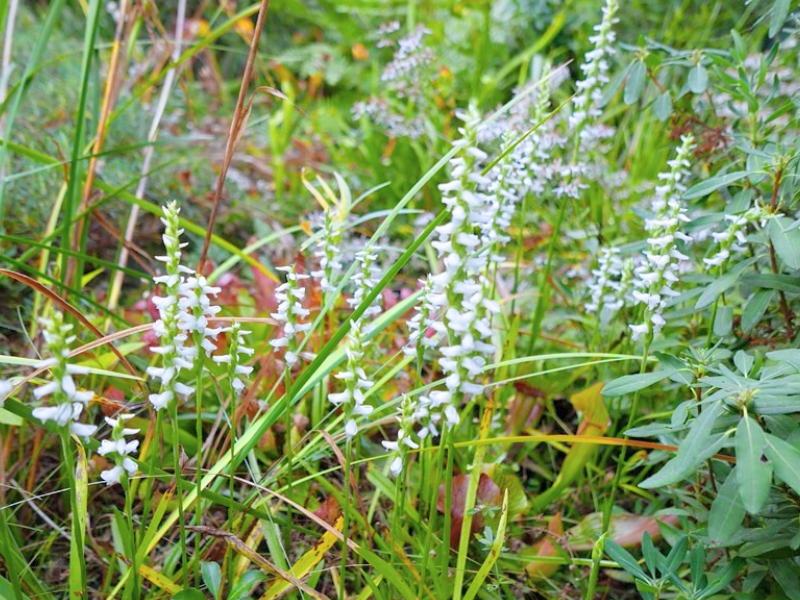
II. How to Grow and Care
Sunlight
Nodding lady’s tresses likes full sun. Plant it in a place with plenty of light, but not direct sunlight. Provide more than 6 hours of sunlight per day. Remember that insufficient light results in poor quality and may lead to reduced or no blooms.
Temperature
Orchid plants are native to tropical and subtropical regions, preferring warm, moist conditions. Optimum growth temperatures are between 18 to 28 ℃, and it’s best if there is a certain difference in temperature between day and night: for example, 20 to 25 ℃ during the day and 15 to 18 ℃ at night. Nodding lady’s tresses is a drought-tolerant plant, but cannot tolerate waterlogging, and grows well at 50-70% humidity. If the leaf tips are withered, it means the environment is too dry. Use a humidifier or spray bottle to increase the air humidity.
Watering
Adapted to the moist environments of its native habitat, nodding lady’s tresses thrives with consistent soil moisture. This species exhibits a preference for regular hydration without being waterlogged, maintaining a delicate balance. Accordingly, it should be watered every week to mimic these conditions. Nodding lady’s tresses is typically cultivated outdoors where it can benefit from natural rainfall patterns, which align well with its need for steady moisture during its active growing season.
Soil
Nodding lady’s tresses thrives in well-drained soil, critical for avoiding root rot. For a suitable mix, combine orchid potting mix with perlite at a 2:1 ratio to enhance drainage. If orchid mix isn’t available, blend loam, bark, and perlite in similar proportions. Ensure pots have adequate drainage holes. Supplement with slow-release fertilizer in the growing season for optimal growth.
Fertilizing
Fertilize nodding lady’s tresses with balanced nutrition fertilizers during growth, switching to high phosphorus types before blooming to enhance flowering. Provide a quarter-strength solution every two weeks in growing months; reduce frequency in dormancy. Avoid over-fertilization, which can harm nodding lady’s tresses. For optimal uptake, ensure soil is moist prior to application. Adjust regimen as nodding lady’s tresses matures, observing response to nutrients. Use practical fertilizing methods like diluting concentrates to prevent root burn and encourage strong, vibrant growth in nodding lady’s tresses.
Planting Instructions
You do not need a large pot to grow an nodding lady’s tresses as it won’t produce a vigorous root system that occupies much space. If the pot is too large, the soil tends to collect water and cause root rot. The height of the pot should be 2.5 cm taller than the (pseudo)bulb of the nodding lady’s tresses. You can easily buy nodding lady’s tresses in a local gardening store and simply place it in breathable, well-drained substrate. After planting, use upright sticks to support flowering branches. In warm, humid climates, cover the root of nodding lady’s tresses with sphagnum moss and attach them to a tree with strings.
Pruning
It is best to prune wilted nodding lady’s tresses flowers promptly after blooming to reduce unnecessary nutrient consumption and promote more blooms. Trim withered and diseased leaves promptly to increase air circulation, thus reducing pests and diseases.
Propagation
Nodding lady’s tresses is successfully propagated through division, a technique suited to its growth habit. Gently separate the tuberous roots after the flowering period has ended, ensuring each new section has a portion of the roots and at least one growth point. Replant promptly in well-draining soil, maintaining consistent moisture without waterlogging. This process allows for a reliable and straightforward increase of nodding lady’s tresses, ideal even for novice gardeners seeking to expand their collection or share with others.
Transplanting
Transplant nodding lady’s tresses during late winter to early spring (S4-S6) when the plant is dormant to ensure lower risk of shock. Choose a partly shaded location with well-drained soil for best growth. Carefully handle the roots when moving the plant to minimize damage.
III. Harvesting and Storage
If you want to display nodding lady’s tresses flowers in vases, harvest there are only 2-3 flowers blooming on the stem. Cut diagonally at the bottom of the flower stem, and place it in a vase immediately. You can enjoy the cut flower in clean water for about 14 days, or for a longer time with preservatives.
Find Where to Buy the Best Nodding Lady’s Tresses (Spiranthes cernua)

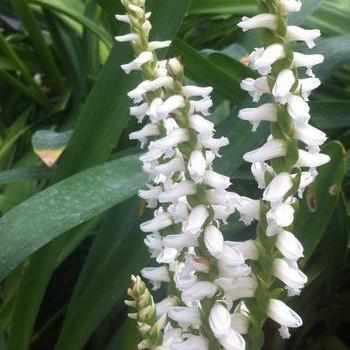

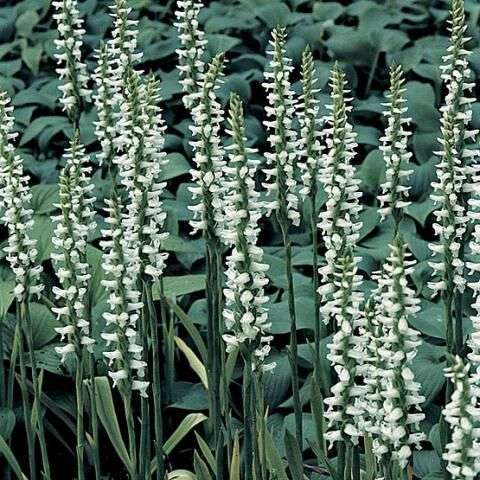

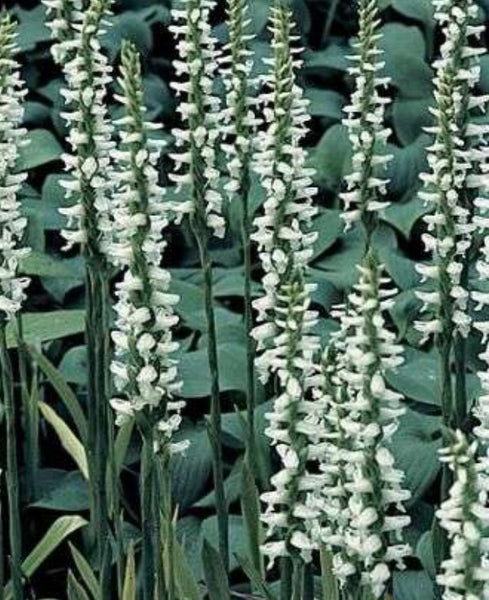


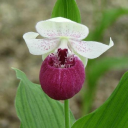
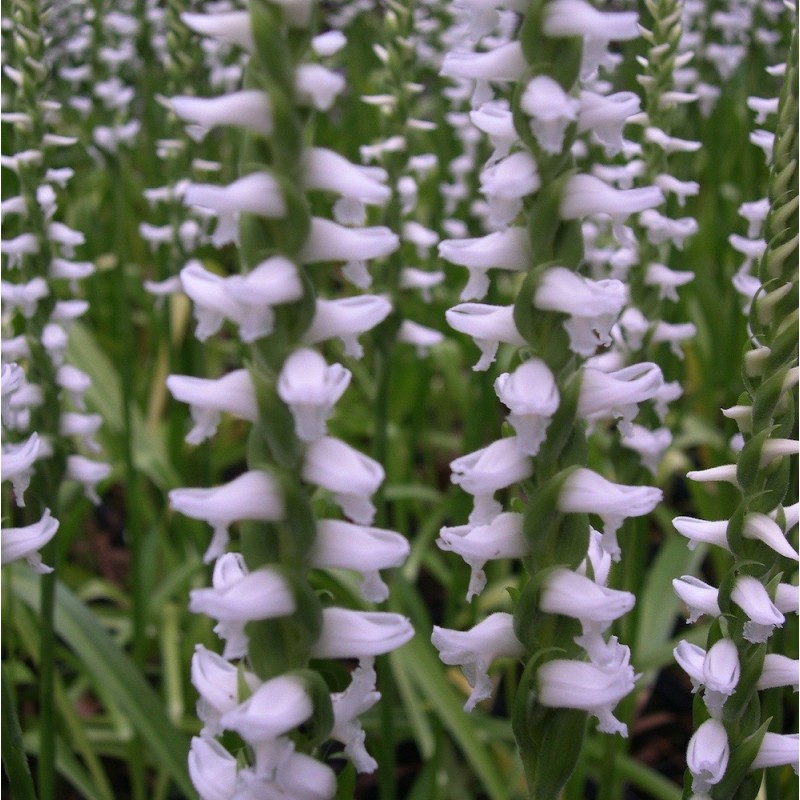
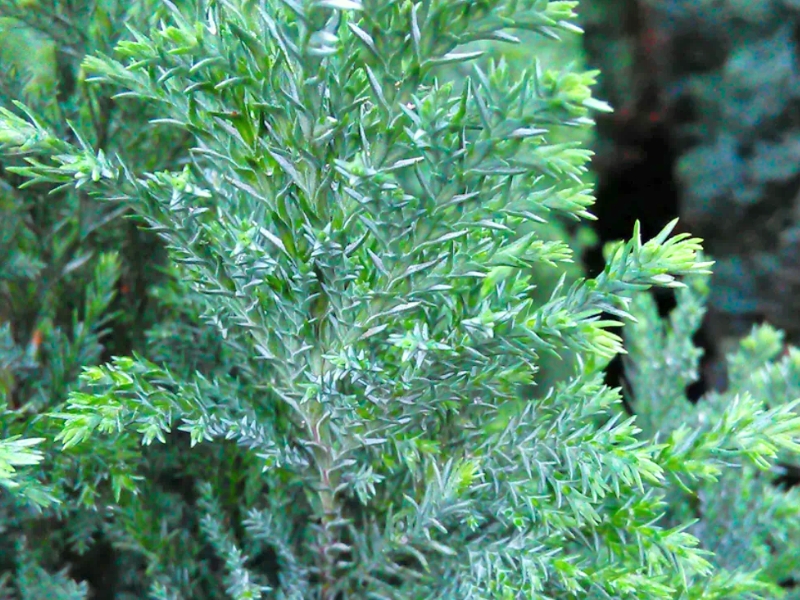
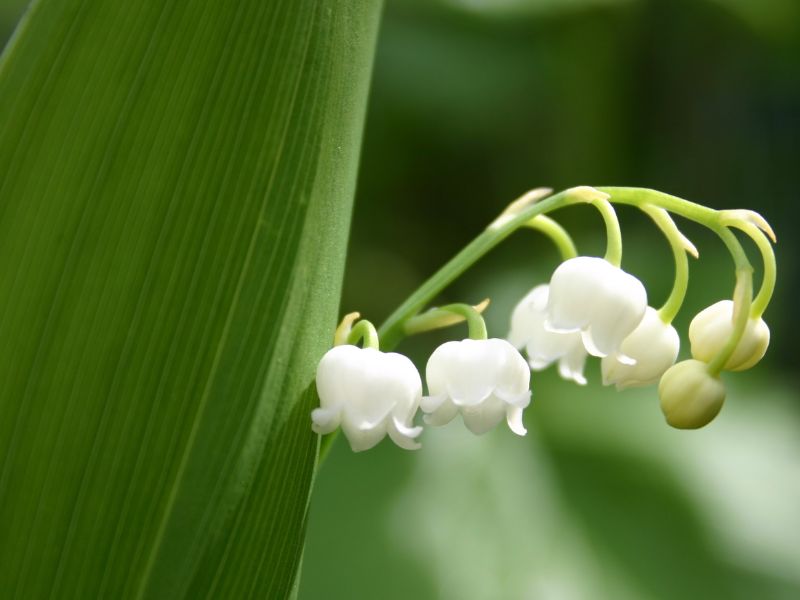
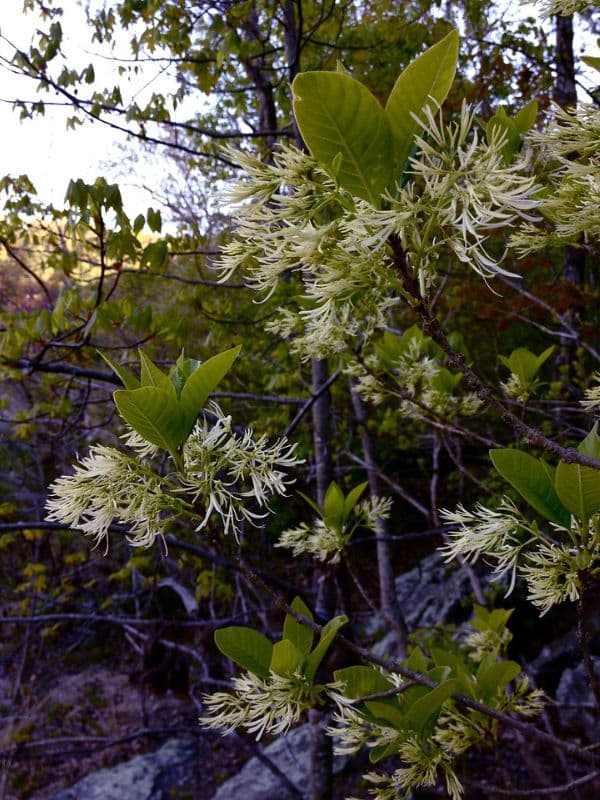
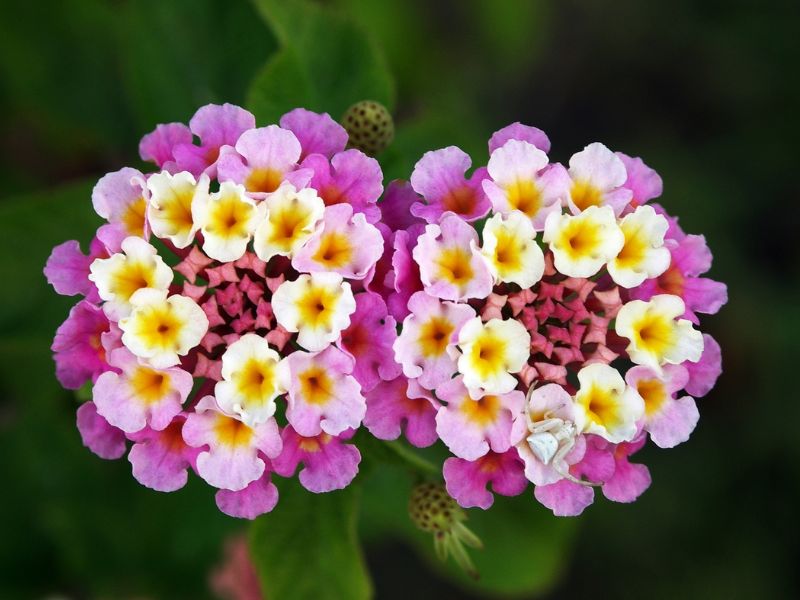
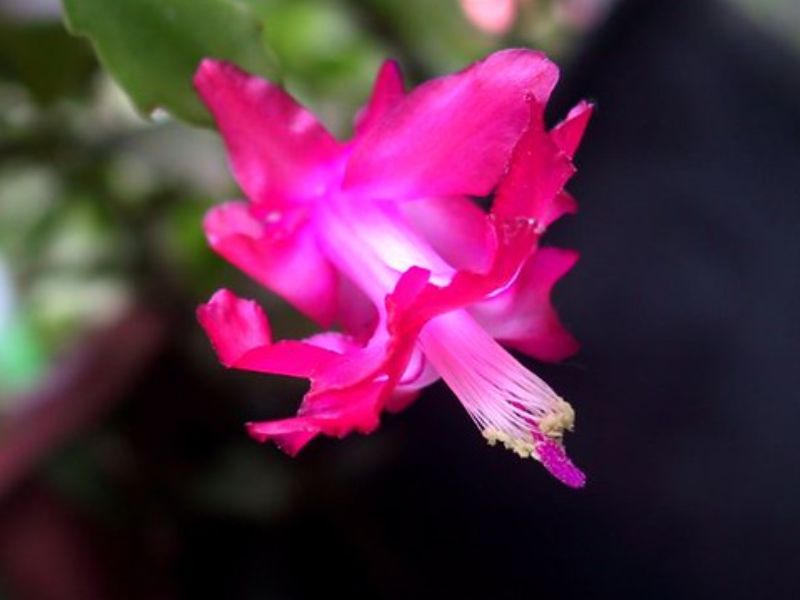
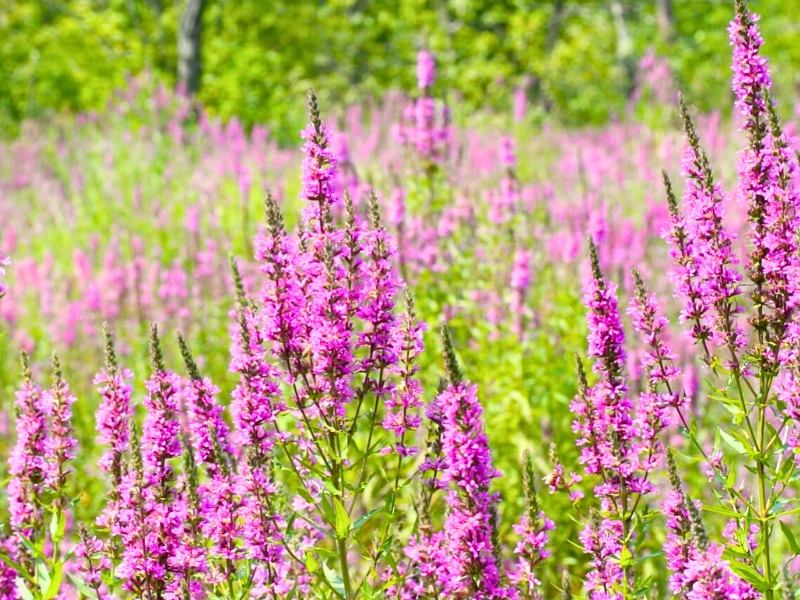
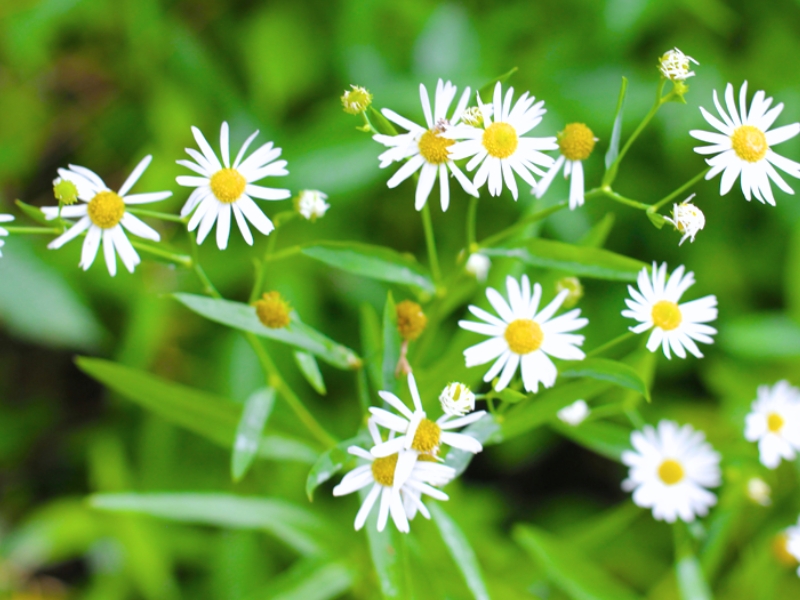
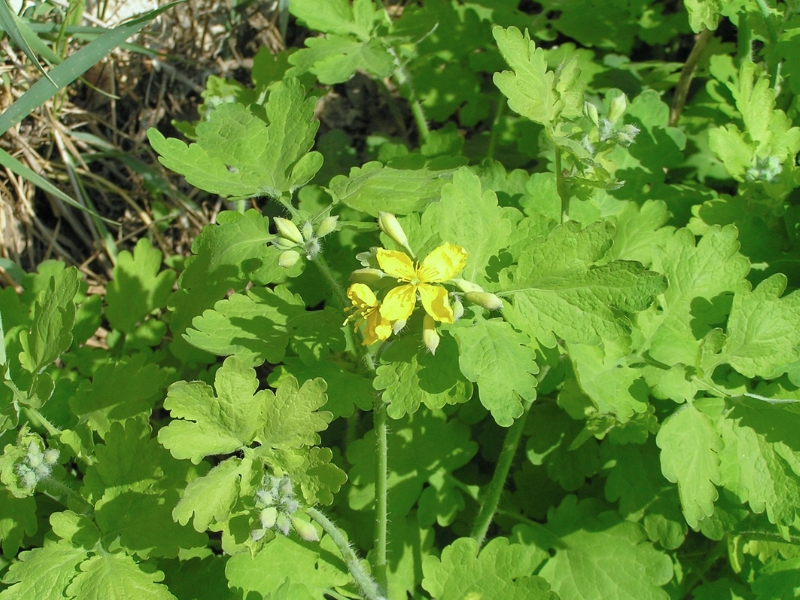
Leave a Reply